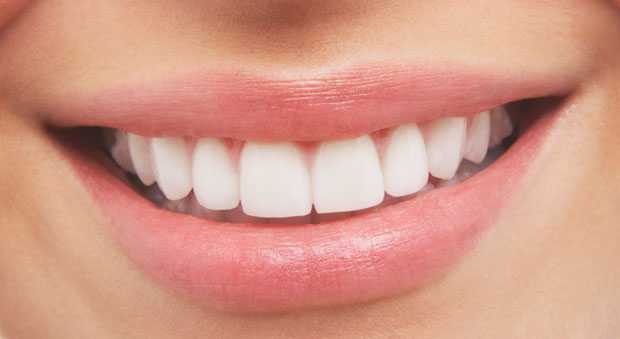For many, coffee or tea is a sacred morning ritual. And while that ritual may offer many health benefits (and a serious pick-me-up), your favorite brew comes with a price: enamel staining.
“Think about what will happen if you were to leave a mug sitting with tea or coffee without rinsing it out,” says Doctor Laura Sharbash, DDS, dentist at Seidner Dentistry & Associates. Now swap out that porcelain mug for your pearly whites and well, you get the picture.
Of course, not all staining is equal, and some people are more susceptible to staining than others. This explains why your coffee-chugging best friend may have gleaming teeth while you, an occasional tea sipper, may be seeing stains.
“Individuals who have naturally occurring irregularities in their enamel surface may be more prone to staining,” says Sharbash. “Excessive grinding and clenching can lead to cracks and fractures to your teeth causing a breakdown of the enamel. These habits make the teeth more porous increasing one’s susceptibility to staining.”
So we all know the main culprits for teeth staining: coffee, tea, red wine, soda and tobacco.
But a few other lesser-known perpetrators can also leave a residue. Berries and tomatoes are known to leave color in their wake, as well as certain over the counter oral rinses that contain stannous fluoride, or cetylpyridinium chloride, says Sharbash.
These ingredients are lurking in most standard mouth washes. “Prescription mouth rinses, such as chlorhexidine, improve the health of your dentition but also create removable surface stain with extended use.”
Sharbash also notes that asthma sufferers using acidic inhalants may find it dissolves their tooth enamel, making them more susceptible to tooth stain.
So what if you want white teeth but refuse to give up your daily cup o’ Joe? Sharbash offers a few tips:
- Use a straw. Drinking teeth-staining beverages through a straw could prevent them from contacting your teeth.
- Add something milky. Avid tea drinkers can add milk (or non-dairy milk!) to help lessens the effects of tea stain.
- Rinse or brush immediately after. Let’s circle back to that stained porcelain cup. Rinsing or washing your dish as soon as you’re done with your coffee or tea will negate staining, and this works well with your mouth, too. “You may think your saliva alone would tackle the staining, but rinsing afterwards with water will help,” says Sharbash. Keep a bottle of water on hand to swish and swallow after you’re done with your coffee, or better yet, brush and floss as soon as possible.
- Floss and brush routinely. In addition to brushing and flossing after your staining beverage, make sure you have a daily dental-care routine.
- Brush with baking soda. This old-fashioned remedy is very effective, according to Sharbash.
- Chew sugar-free gum. While some feel conflicted about the effects of sugar-free gum, Sharbash explains that chewing it after a meal will help stimulate saliva production to “rinse away” teeth staining culprits.
- Natural whitening toothpastes can help remove surface stains.
- Keep it clean. Sharbash reminds us to see a dental hygienist for your recommended cleanings each year, as a professional cleaning will help keep your teeth as white as they can naturally be.
So how do you keep your teeth white?
Zoe Eisenberg
















